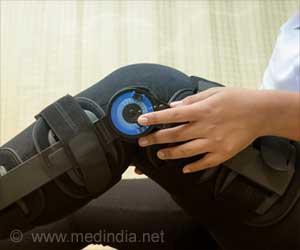Predicting the spread of infectious diseases is more complicated than ever in this world of increasing global connections.

Brockmann will discuss his research in a presentation titled "Are Pandemics Predictable?" at the American Association for the Advancement of Science (AAAS) annual meeting in Boston. His presentation is part of the symposium "Predictability: From Physical to Data Sciences" to be held from 8:30 to 11:30 a.m. on Saturday, Feb. 16.
The ability to pinpoint with certainty the location of a pandemic outbreak and to predict where and how quickly it will spread would give governments and clinicians an important -- and potentially lifesaving -- advantage in responding to the disease, but current prediction models are limited.
Previous pandemic models have been based on geographical distance, but geography provides an incomplete picture of a pandemic. For instance, New York City and London are geographically very far apart, but with approximately 10,000 people traveling between the cities each day, the cities are far more connected than, for instance, New York City and Milwaukee, which are geographically closer.
"Furthermore, cities with a very high level of connectedness, such as London, are important epicenters for tracking the spread of diseases," Brockmann said. "When a disease reaches these cities, it is likely to spread far and quickly."
Using network theory and official transportation data, Brockmann developed a model that can generate with high accuracy the origin of an outbreak and the predicted arrival times of a pandemic in specific locations. The model can generate these findings using only data about the geographical location and number of occurrences of the disease.
Source-Eurekalert
 MEDINDIA
MEDINDIA



 Email
Email




